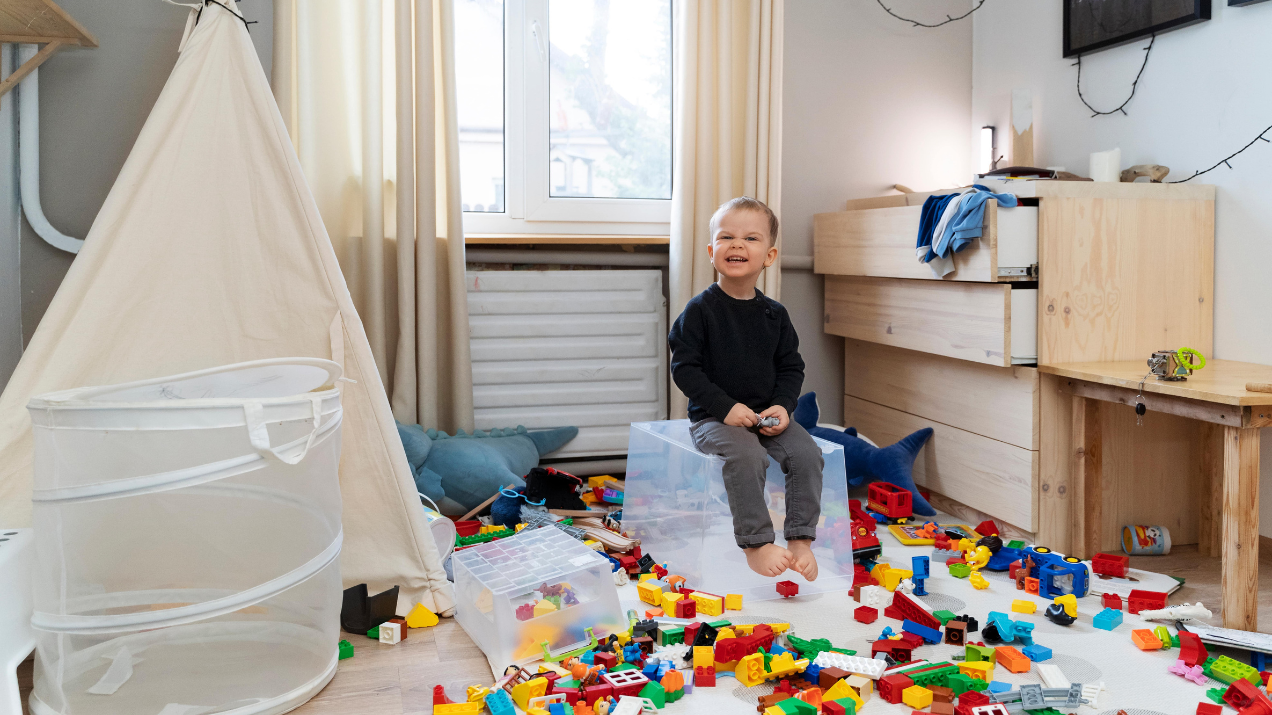
Creating a safe, stimulating soft play corner at home needn’t drain your savings. With a bit of planning, clever sourcing and disciplined maintenance, you can give babies and toddlers a space to climb, crawl and problem-solve while protecting your floors, furniture and nerves. This article walks through the key decisions: how to size and zone the area, which pieces to prioritise, how to buy smart, and how to keep everything clean and organised.
Map the space first
Start with a tape measure. Note the floor area you can dedicate, door widths (so the gear actually fits through), ceiling height, and nearby hazards such as radiators, stairs or hard table edges. Sketch a simple layout with three zones:
Low-risk exploratory area for rolling, tummy time and early crawling.
Climb and balance area for blocks, arches and gentle gradients.
Containment or calm zone for seated play, often a small ball pool or foam sofa.
Leave clear pathways around the edges so adults can step in quickly. If the room doubles as a lounge or bedroom, choose modular pieces that stack neatly and can be lifted into a cupboard or under a bed.
Prioritise the core pieces
You do not need a huge kit to start. A compact soft play set that includes basic blocks, a wedge and a mini slide covers most early gross-motor goals without crowding the room. As children gain confidence, add targeted modules rather than buying a second bundle.
Look closely at the shapes that earn their keep:
- A step and slide soft play unit introduces climbing and controlled descents in a compact footprint.
- Arches, beams and tunnels encourage crawling, cruising and balance without excessive height.
- A soft play ball pool offers sensory feedback and containment, but check the wall height so toddlers can enter and exit independently.
- Rockers and see-saws deliver vestibular input while staying low to the ground.
Commercial-grade PVC or eco-leather covers last longer than basic fabric, wipe clean easily and cope better with older siblings. That said, fabric covers feel warmer and cost less. If you can, choose items with removable, machine-washable covers and replacement parts sold separately.
Floor, padding and safety checks
Even if your set comes with thick bases, add interlocking EVA mats under the entire footprint. They protect wooden floors, stop pieces slipping and create a defined boundary that children recognise as their zone. Check that zips are shielded, seams are tight and foam density is firm enough to hold shape under an adult’s knee. Rounded corners, stable bases and non-slip undersides matter more than fancy colours.
Position the play area away from hard edges and freestanding furniture that could tip. Keep pets’ bowls, chargers and trailing cables well out of reach. Ventilate the room after cleaning to let odours disperse.
Buy smart and keep the budget tight
Cost control comes from sequencing purchases and exploiting bundles, seconds and spares.
- Bundle builders: Many retailers let you build your own multi-piece pack with a fixed percentage off when you add two or more items. This often beats buying piecemeal.
- Seconds, ex-display and returned stock: Minor cosmetic marks rarely affect function, yet discounts can be substantial.
- Replacement covers: If the foam is sound, covers alone can refresh a tired set for a fraction of the price of a full upgrade.
- Seasonal colours: Limited runs sometimes drop in price once a new palette arrives.
- Inflatable options: An inflatable ball pit for sale can bridge the gap if you want a containment zone but cannot yet justify a heavy commercial pool.
- Think longevity: You might see a bouncy castle for sale and wonder if it will “do everything”. Indoors, it eats floor space and often needs a blower and constant supervision. For most homes, modular soft play gives far better day-to-day value.
If you plan to resell later, keep packaging, avoid writing names on covers, and store receipts. Well-kept commercial pieces retain more of their value on the second-hand market.
Hygiene, rotation and storage
Soft play lives on the floor and in small hands, so a routine matters. Wipe PVC or eco-leather with a mild disinfectant suitable for nurseries, then rinse and dry. Wash fabric covers at the temperature recommended by the manufacturer and air dry fully to protect the foam. Rotate pieces fortnightly to renew interest: box away half the shapes and swap them back in later. Label storage boxes by shape type so set-up and tidy-up take minutes, not half an hour.
For ball pools, set a rule on ball counts and cleaning. A net laundry bag makes quick work of washing batches in the bath or washing machine (cold, short cycle). Replace cracked or misshapen balls promptly.
Quick checklist before you buy
- Measured the room, doorways and storage space
- Picked three priority functions: climb, balance, containment, for example
- Compared cover materials, foam density and zip protection
- Budgeted for floor mats and cleaning supplies
- Checked delivery times and return terms
- Planned a rotation and storage system
Setting up a budget home soft play area is less about chasing the biggest bundle and more about choosing a few hard-working shapes, protecting your floors, and keeping everything clean and ready for the next burst of energy. Start small, expand with intent, and your space will grow with your child rather than against your wallet.






